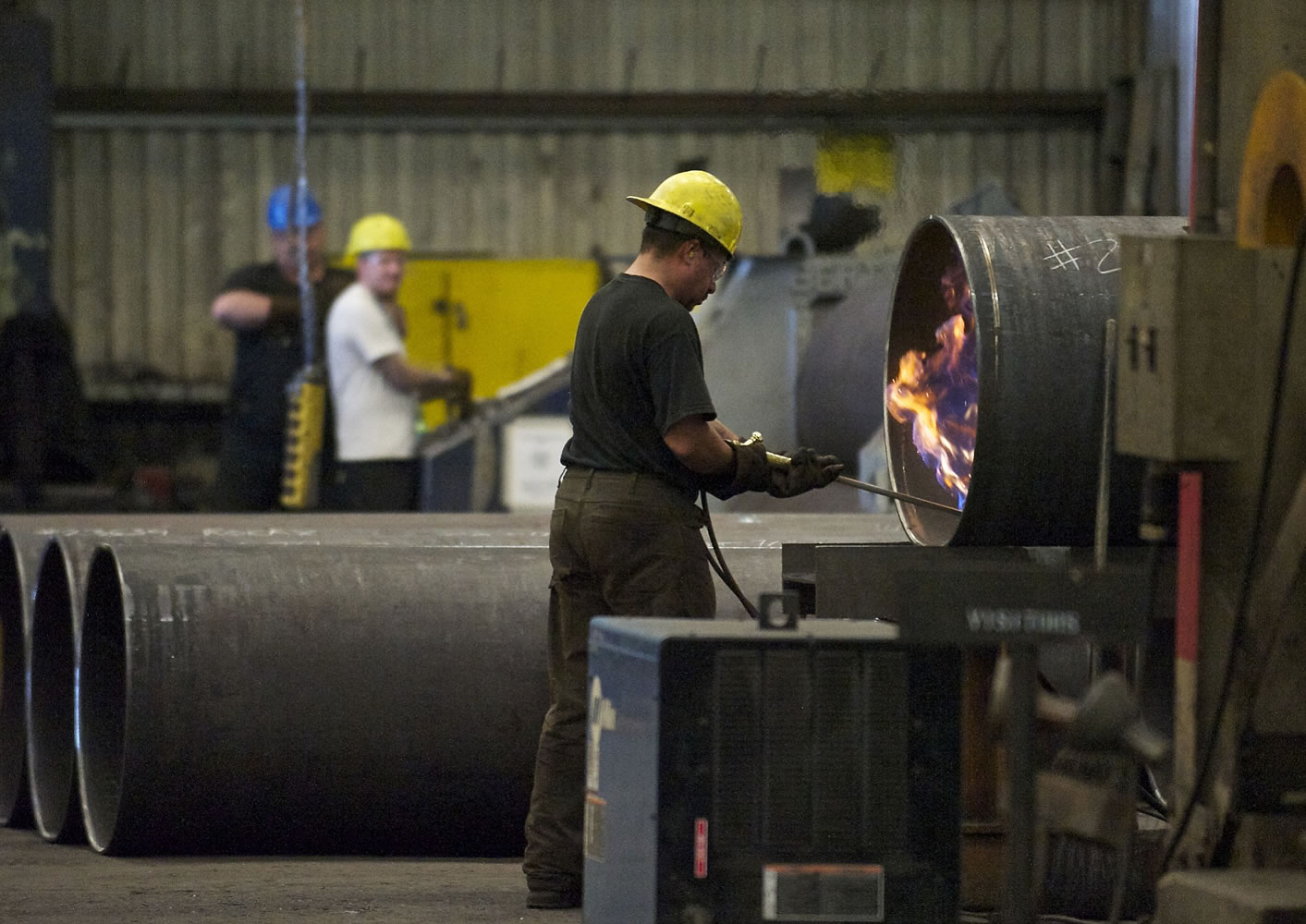The Portland-Vancouver region’s expansive metals industry needs to prepare quickly for the disruptive technological change that 3-D printing technology is about to bring to metals manufacturing, says a report released Thursday by two jobs development organizations, the Vancouver-based Columbia River Economic Development Council and the regional Greater Portland Inc.
The report, titled “Additive and Subtractive: The New Math of Metals and Machinery Manufacturing,” looks broadly at imminent changes that will affect the region’s metals industry, which encompasses more than 600 companies including dozens in Southwest Washington.
It notes that 3-D printing, also known as additive manufacturing, has been around for 30 years but now is “fast becoming a viable alternative to traditional manufacturing, providing greater flexibility and reduced development time. It also eliminates tooling costs and waste inherent in standard ‘subtractive’ manufacturing methods.”
Researchers cited estimates that 3-D printing is expected to contribute $550 billion a year to the U.S. economy by 2025. The emerging 3-D printing technology and metals and material developments will not replace every aspect of production or cause the collapse of traditional manufacturing, they said.
It will, however “change business models, force consolidation or elimination of some companies, and most likely bring about regionalization or even localization of production.”
Other technology advances reshaping the industry are hard to grasp. For instance, the report notes that with mechatronics — a marriage of electronics, computer science, and mechanical engineering — a tolerance of 1/4,000th of an inch can be achieved, finer than human hair that is 1/1,000th of an inch.
The $100 million SGL Automotive Carbon Fibers plant in Moses Lake takes strands of white filaments that are stretched, toasted, and scorched black to create carbon fiber reinforced plastic that is thinner than a human hair but tougher than steel.
The carbon fiber spools are shipped to Germany, where they are molded into parts for BMW autos.
Last report in series
The report is the fourth and final in a series produced over three years using a $2,1 million federally funded research grant through a program called the Advanced Manufacturing Jobs and Innovation Accelerator Challenge. CREDC managed the project.
The three earlier reports are called Aerospace & Defense, Computers & Electronics, and Advanced Manufacturing and Advanced Materials.
The goal of the overall research is to help manufacturers adopt technology and diversify into export markets, CREDC said in a statement.
The project also is aimed at helping regional economic development agencies retain existing companies, attract new business, and support businesses with high growth potential.
The report notes that 30 companies will receive direct technical assistance though the program. Two Vancouver companies, solar equipment manufacturer SunModo and textile product manufacturer The Last US Bag Co., received export assistance through Impact Washington’s ExporTech program and the Pacific Northwest Defense Coalition.
Two other local companies that received assistance were not named.
All four of the full reports can be found at www.credc.org/regionalcollaboration.




